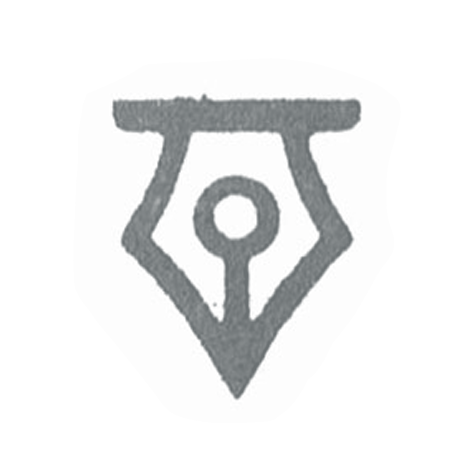Cocktails & Creatives, Questions & answers.
I was invited to host a table at Monash University’s Cocktails & Creatives networking night – a great evening with with curious & talented design students. I shared examples from my portfolio, and had some open and insightful chats. There was a few recurring themes, and I thought I’d share them here…
“How do I get a job?”
The most common question. Understandably.
I told the story of how I once delivered a branded shoebox to Hive Creative with a note offering a free week’s work* — free, as long as they covered my hostel for the week. That small act opened the door to my first job (and eventually led to my Australian citizenship).
But the real lesson wasn’t the shoebox. It was about standing out – and doing something unexpected. But most importantly – it wasn’t random. I’d researched the agency, reached out to the right people, and started with a small ask: just meet for a coffee and some feedback on my folio. What I didn’t do was cold-message every creative director or show up to studios uninvited. Some students mentioned they'd been advised to do exactly that, and maybe I’m wrong, but if that works I’d say it’s the exception rather than the rule. My advice would be;
Research studios you genuinely admire
Follow them, and engage with their posts thoughtfully
Potentially connect and reach out to midweight or junior designers
Attend design industry events to build real relationships
Be patient, because careers take time
"How do you find clients?"
I think almost every job I’ve landed has come through referral.
That kind of trust is built over time, and I’ve been fortunate to work closely with councils, businesses, and organisations where I could develop that understanding and knowledge of their brands. That helps reduce any risk for them, and helps creates better design. But I don’t just sit back:
I show up to networking groups
Keep my website current
Post a little bit on social media
But I don’t pay for ads, because in my experience they rarely bring me the right clients
Another thing I don’t do is speculative logo redesigns! Yeah they’re popular on Instagram, but they’re risky and could be a complete waste of time.
You’re doing free work with no understanding of the strategy
You may unintentionally insult someone’s business
And worst of all, it sets a low bar for your value – you work for free!
If you want to show initiative, maybe create a case study based on a fictional brief. You get to control the story, the challenge, and the outcome – and you’ll still build your folio in a meaningful way.
"Do you use AI?"
A little … and probably more each day.
I think the industries heading that way so I don’t want to fight against the tide or keep my head in the sand either. I’ve experimented with tools like Midjourney, Runway, Recraft, and ChatGPT — not to replace my process, but to explore ideas and save time. The most useful shift has been small increments into the software I use everyday, like Photoshop’s Generative Fill which saves me time every day. There’s new tools being released every week, it’s very hard to keep up or know what to focus on – it’s overwhelming to be honest – but I try to stay curious, and see if any new tool can help my work.
"What do you recommend?"
I brought four books that genuinely changed how I think and work:
Pocket Full of Do by Chris Do – Bite-sized lessons and strategies for creative careers.
LogoLounge – An essential reference packed with inspiration and real-world identity work.
Identity Designed: The Process by David Airey – A clear, professional breakdown of branding case studies.
Brand Principles by Kevin Finn – 15 key principles developed over a 30-year design career.
Finally...
Thanks again to all the students who stopped by to chat — I’m very grateful for the opportunity to share my experiences and ideas. It was a great night, and a reminder that building a career in design takes curiosity, courage, connections, and patience.


